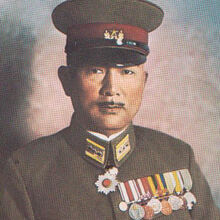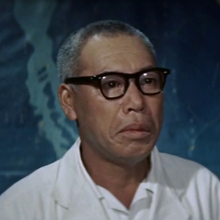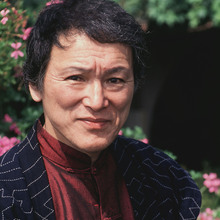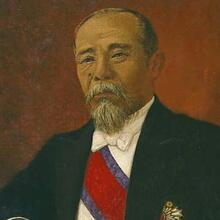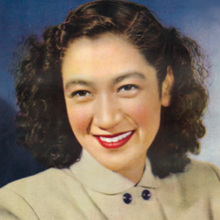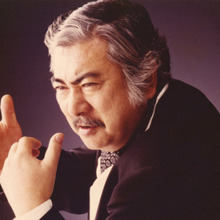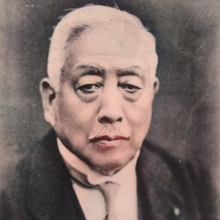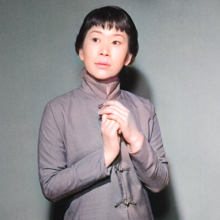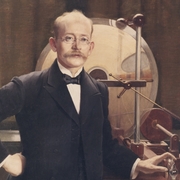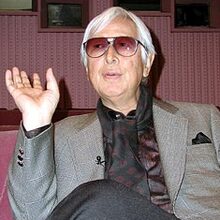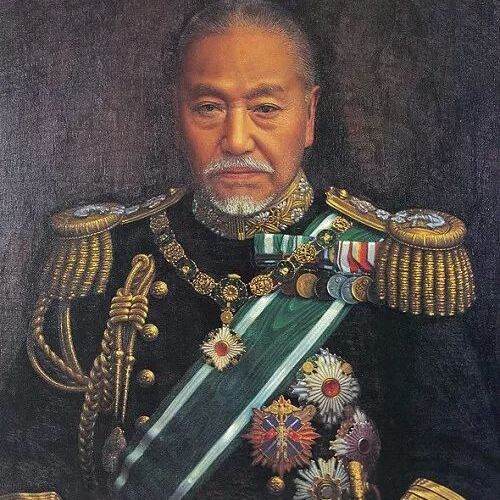
Personal
Other names:
The Nelson of the East
東洋のネルソン
Job / Known for:
Admiral of the fleet in the Imperial Japanese Navy
Left traces:
Victory in the Russo-Japanese War
Born
Date:
1848-01-27
Location:
JP
Kagoshima, Satsuma Domain
Died
Date:
1934-05-30 (aged 86)
Resting place:
JP
Death Cause:
Heart failure
Family
Spouse:
Tetsu, daughter of Shimazu Nariakira
Children:
Tōgō Yasutake, Tōgō Masako, Tōgō Shigetake, Tōgō Seiichirō, Tōgō Kiyoko, Tōgō Shigenori, Tōgō Shigeko, Tōgō Shigeyoshi
Parent(s):
Tōgō Kichizaemon, Hori Masuko
QR Code:
Show More
Rank
Users ranking to :
Thanks, you rate star
Ranking
5.0
1
Fullname
Togo Heihachiro
Fullname NoEnglish
東郷 平八郎
Slogan
The moral courage of the individual is the foundation of the nation's strength.
About me / Bio:
Show More
Article for Togo Heihachiro
Died profile like Togo Heihachiro
Comments:

